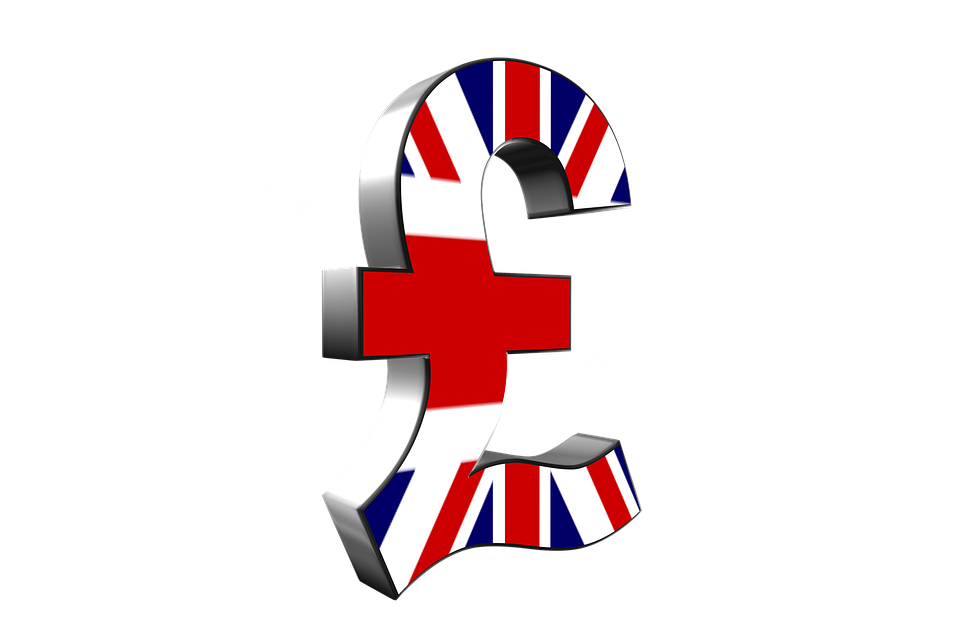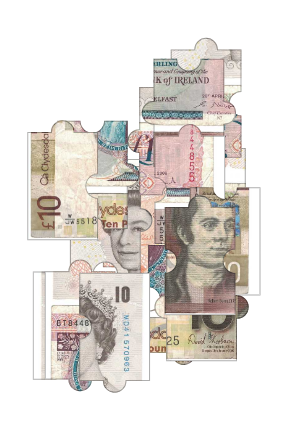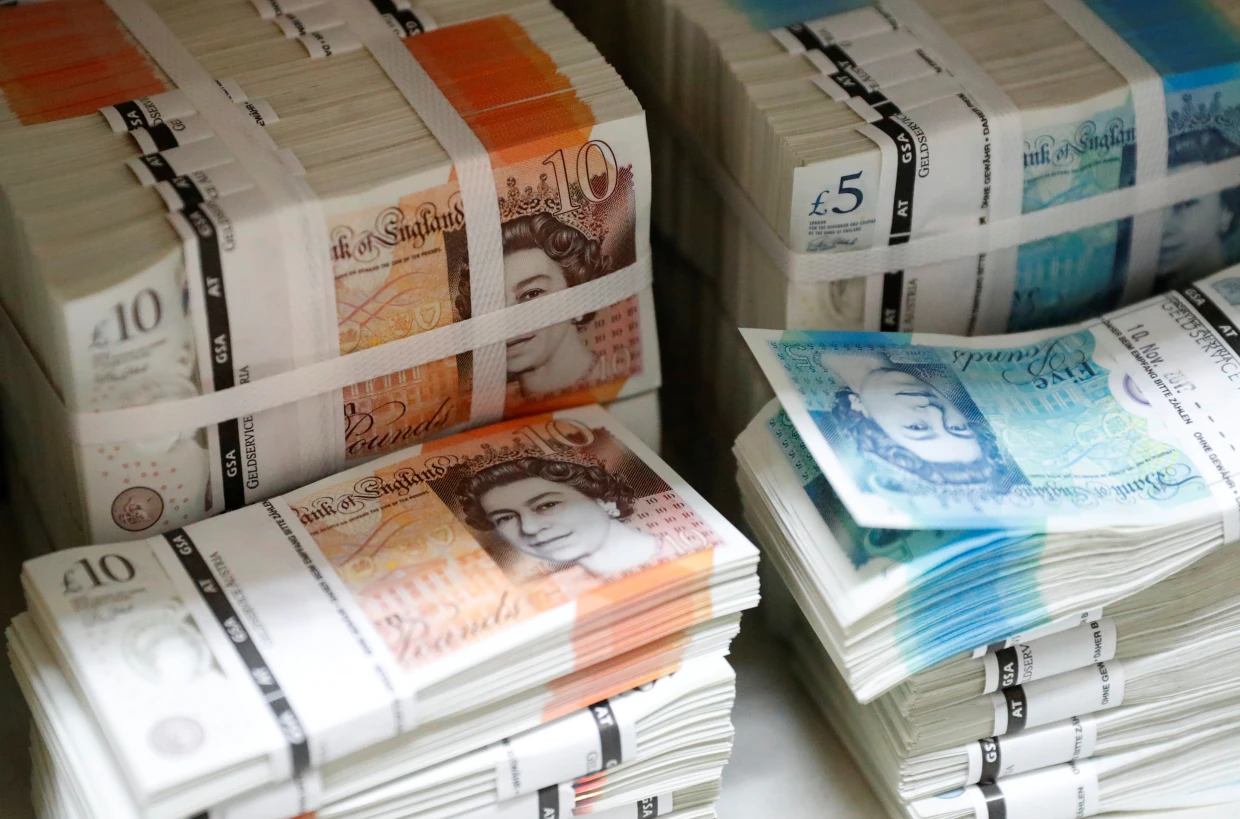Not a Single Note!

Listen and read along
An interesting fact about the sterling pounds in the UK is that they are not only issued by one bank, The Bank of
England, as you might expect by observing most of the banknotes.
.
Instead, four banks in Northern Ireland and three banks in Scotland are also authorised to issue their own notes,
which are somehow different from those produced by The Bank of England. This is something dealing only with
banknotes since regarding coins, they are all manufactured and issued by the Royal Mint, a government-owned mint
which makes and distributes coins within the United Kingdom.
.
There are, therefore, three British finantial institutions issuing banknotes: The Bank of England, The Royal Bank of
Scotland and the Bank of Ireland.
.
However, you must note that there's a bit of confusion about spending these notes. Do you think that you can use
Scotland and Northern Ireland issued banknotes in England and Wales? Are they legal tender in these latter countries?
Let's shed some light on this!
Currency [the pound sterling] is the same in the whole UK but it is the Bank of England which issues most of the
banknotes used throughout the entire United Kingdom and its notes also circulate widely in Scotland and Northern
Ireland. The Bank of England states that only its banknotes are ‘legal tender’ in England and Wales. Consequently,
Scottish and Northern Irish banknotes will be refused - they say because of possible counterfeiting - whereas English
notes are accepted across the whole UK. How strange! It would seem that we are dealing with a state monopolio.
What are your impressions?
.
Let's discover how different a banknote from these three diferent banks may be. To that end, have a look at this jigsaw
IN PAIRS and try to compose a £10 banknote from England, Ireland and Scotland. The three of them are mixed in
the same image. Click on the following link to open it and order their different parts:
https://puzzel.org/es/jigsaw/play?p=-N2u6i0FK7UqBkXQB371

Now, place on record your appreciations in the following dropdown activity. Some help is provided for you. Try to agree
with your partner for a specific choice.
